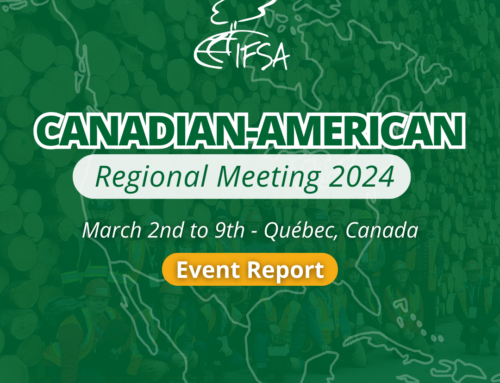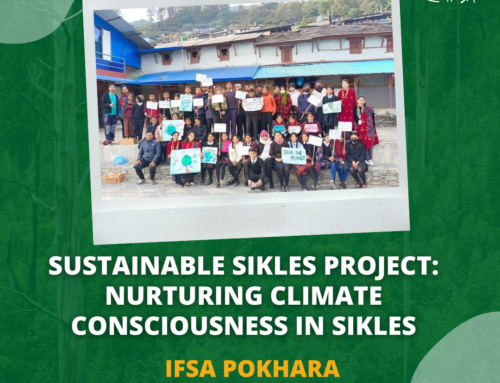link – we hope it helps you and if you find new abbreviations feel free to contribute! The Talanoa dialogues (also check out the other blog articles about Talanoa from week 1) were launched at COP23 under the Fiji presidency. It is a traditional dialogue form from Fiji to resolve complex issues in a very inclusive way. This is reached by sharing ideas, skills and experience trough storytelling. Inputs in the Talanoa dialogue could be submitted in response to three questions: Where are we? Where do we want to go? How do we get there? In this context also forest related stories were told. An interesting story was submitted from the Land Resource Division, Pacific Community (SPC) on behalf of member countries. In the first question, “where are we?” the current situation relating to land management and use in Pacific Island Countries and Territories (PICTs) is described. Traditional land management systems were able to protect the landscape. Through major changes like increased population, urban population drift and partly no long-term guaranteed access to the land this has changed. In this context many of the islands are highly vulnerable to soil loss due to high rain fall and steep terrain. Traditionally trees were an integral part of the landscape and agriculture but as farmers don´t have long-term rights they are often reluctant to plant them. Also, an increasing frequency of fires in some parts need to be controlled via active wildfire management. In the second question, “Where do we want to go?”, forestry plays a crucial role as the methods for this include agroforestry and the goal to halt landscape degradation, forest loss and the maintenance of continuous cover to avoid soil loss (which can be reached through agroforestry). In the last question “How do we get there?” SPC proposes strategies like supporting farmers in rebuilding soil fertility with farm planning and tools to monitor soil carbon, this also involves agroforestry farming. In the area of agroforestry framing they are planning economic studies to assess the whole potential of this technology in the region. Patricia Espinosa, executive secretary of UNFCCC, said in the week two briefing that “Talanoa proofed to be an excellent instrument to learn from each other and to overcome barriers and sit together as group of people with same objectives and ideals trying to find solutions.“ This inclusiveness and the specific character of the stories is why the Talanoa format will be an important tool for future climate change conferences. You can find more stories here if you check out the non-party stakeholder section.]]>
About the Author: Simone Massaro
Head of Web Subcommission 2018-2020




